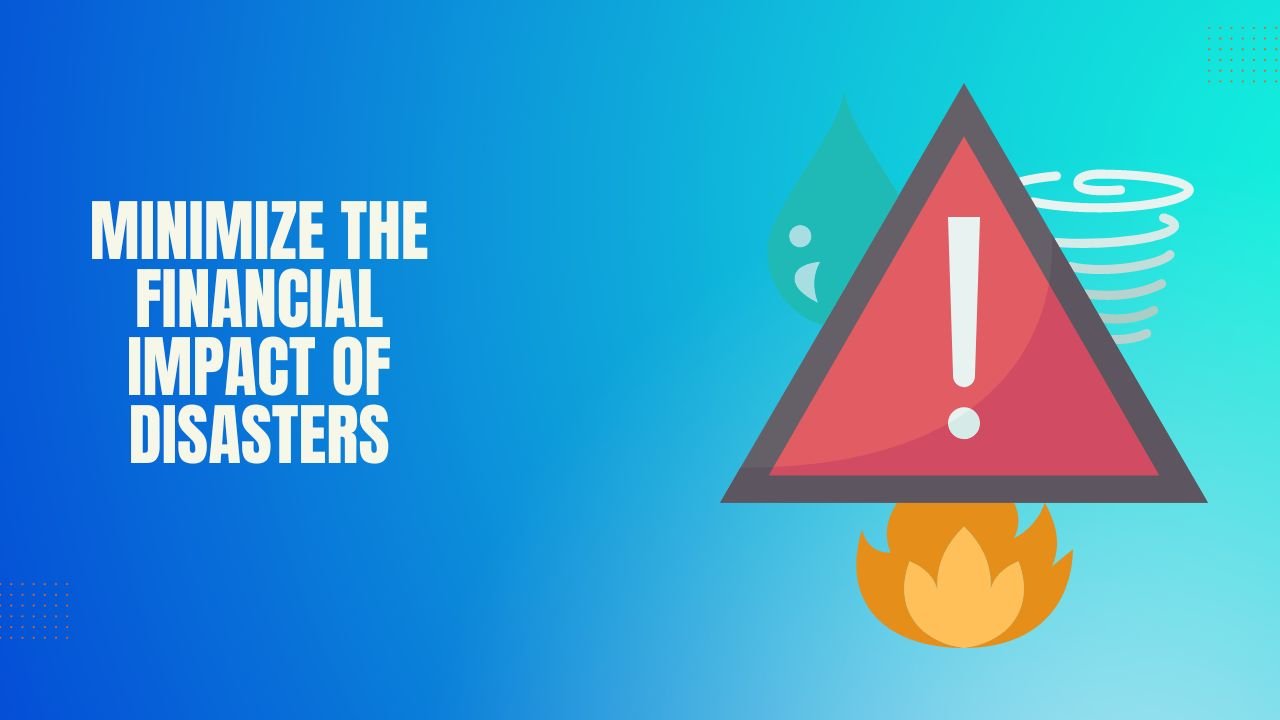Have you ever thought about how you would manage your finances in the event of a natural disaster?
It’s not something we like to think about, but unfortunately, it’s becoming more and more necessary.
According to a study by the National Oceanic and Atmospheric Administration (NOAA), the U.S. experienced 22 weather and climate disasters in 2020 alone, resulting in over $95 billion in damages.
While we can’t prevent natural disasters from happening, we can take steps to minimize the financial impact they have on our lives.
To minimize the financial impact of disasters, it’s important to prepare financially by building an emergency fund and obtaining appropriate insurance coverage. Creating a disaster plan, prioritizing safety during the disaster, and documenting damage are crucial steps to take. Seek government assistance if needed and focus on long-term financial recovery by budgeting, managing debt, and rebuilding savings and investments.
In this article, we’re going to discuss how you can prepare for, survive, and recover from a natural disaster while minimizing its impact on your finances.
We’ll cover everything from creating an emergency fund to filing insurance claims and even offer tips on long-term financial recovery.
By the end of this post, you’ll have a comprehensive plan for managing your finances during and after a natural disaster.
So, let’s get started!
1. Preparing for Disasters
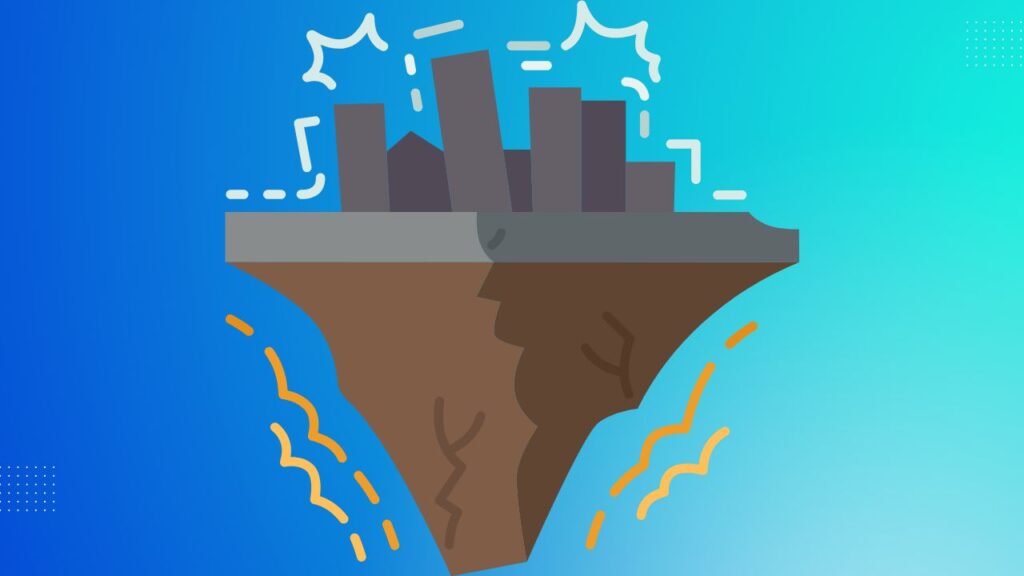
1.1 Emergency Fund
One of the most important steps you can take to minimize the financial impact of a disaster is to build up an emergency fund.
This is a separate savings account that you only touch in case of an emergency, like a natural disaster.
Ideally, you should aim to save at least 3-6 months’ worth of living expenses.
According to a survey by Bankrate, only 39% of Americans have enough savings to cover a $1,000 emergency expense.
Without an emergency fund, you may be forced to rely on credit cards or loans to cover unexpected expenses, which can lead to debt and financial stress.
1.2 Insurance Coverage
Insurance is another key component of disaster preparedness.
While insurance won’t prevent a disaster from happening, it can help cover the costs of damages and losses.
Here are some types of insurance you should consider:
1.2.1 Homeowner’s or Renter’s Insurance
Homeowners and renters insurance can help cover the costs of damages to your home and belongings caused by disasters like hurricanes, tornadoes, and fires.
Make sure to review your policy and ensure it covers the types of disasters common in your area.
1.2.2 Flood Insurance
Standard homeowners insurance policies typically do not cover flood damage, so if you live in a flood-prone area, it’s important to consider purchasing separate flood insurance.
According to FEMA, just one inch of water in a home can cause up to $25,000 in damages.
1.2.3 Earthquake Insurance
If you live in an earthquake-prone area, you may want to consider earthquake insurance.
Standard homeowners insurance policies typically do not cover earthquake damage, so a separate policy may be necessary.
1.2.4 Other Insurance Options
There may be other types of insurance that are specific to your area or situation.
For example, if you live in an area prone to wildfires, you may want to consider wildfire insurance.
Make sure to research your options and choose the coverage that’s right for you.
Snapshot of Types of Insurance Coverage for Natural Disasters
| Type of Insurance | Coverage |
| Homeowners’ or Renters’ Insurance | Damages to home and belongings |
| Flood Insurance | Flood damage to home and belongings |
| Earthquake Insurance | Homeowners’ or Renters’ Insurance |
| Wildfire Insurance | Wildfire damage to home and belongings |
By taking the time to prepare and plan for disasters, you can minimize the financial impact they have on your life.
Building an emergency fund and purchasing the appropriate insurance coverage are just a few of the steps you can take to protect your finances in the event of a disaster.
1.3 Creating a Disaster Plan
Creating a disaster plan is an essential step in preparing for a natural disaster. Here are some key elements to include in your plan:
1.3.1 Evacuation Plan
If you need to evacuate your home during a disaster, make sure you have a plan in place.
Identify safe evacuation routes, and make sure everyone in your household knows where to meet in case you get separated.
1.3.2 Emergency Contacts
Make a list of emergency contacts, including family members, friends, and local authorities.
Keep a copy of this list in a safe place, like your emergency kit or on your phone.
1.3.3 Emergency Kit
Create an emergency kit that includes essentials like non-perishable food, water, first aid supplies, and flashlights.
Make sure to keep this kit in a safe, accessible location.
1.3.4 Important Documents
Make copies of important documents like passports, birth certificates, and insurance policies, and keep them in a safe, waterproof container.
This will ensure that you have access to these documents even if your home is damaged during a disaster.
Tldr: Key Elements of a Disaster Plan
| Element | Description |
| Evacuation Plan | Identify safe evacuation routes and a meeting place |
| Emergency Contacts | Make a list of emergency contacts |
| Emergency Kit | Create an emergency kit with essentials |
| Important Documents | Make copies of important documents and store them safely |
By creating a disaster plan, you can ensure that you’re prepared for the unexpected.
Having a plan in place can minimize the financial impact of a disaster by helping you stay safe and organized during a difficult time.
2. During a Disaster
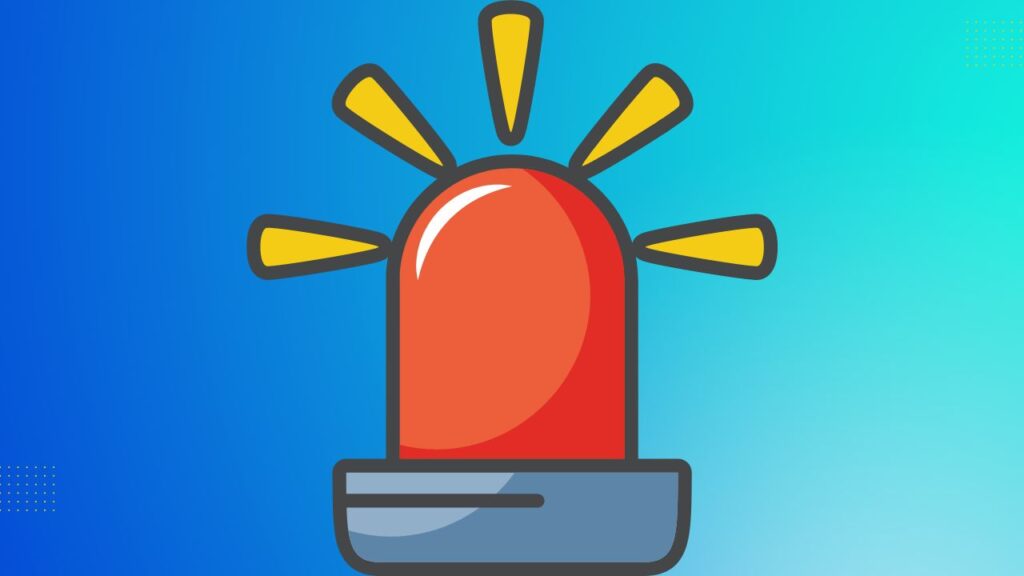
2.1 Safety First
During a disaster, your first priority should always be your safety and the safety of your loved ones.
Follow the instructions of local authorities and evacuate if necessary.
Don’t risk your life to save your belongings or property.
2.2 Keeping Track of Expenses
Keeping track of expenses during a disaster can help you file insurance claims and seek financial assistance from government programs or charities.
Some expenses to keep track of include:
- Evacuation expenses like lodging, transportation, and meals
- Damage to your home or property
- Damage to your car or other vehicles
- Medical expenses related to the disaster
3. After a Disaster
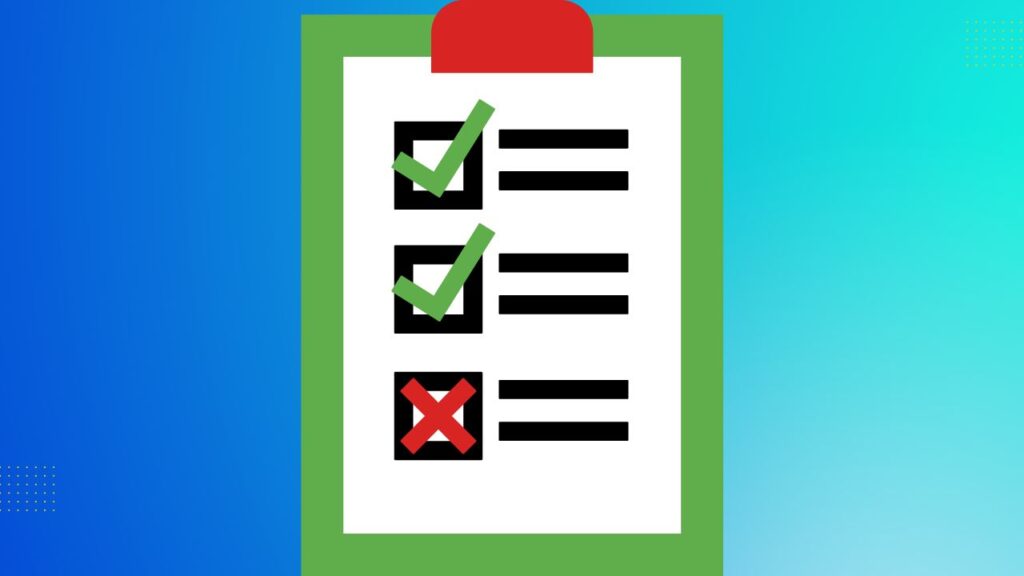
3.1 Documenting Damage
After a disaster, it’s important to document all the damage that has been done to your property or belongings.
This will help you file insurance claims and seek financial assistance from government programs or charities.
Here are some tips for documenting damage:
- Take photos or videos of all damage, both inside and outside your home or property.
- Keep a list of damaged or destroyed items, including their value and any receipts or documentation you have.
- Make notes of any conversations or correspondence with insurance providers, government agencies, or charities.
3.2 Filing Insurance Claims
Filing insurance claims can be a complex process, but it’s essential to do so to minimize the financial impact of a disaster.
Here are some tips for filing insurance claims:
- Contact your insurance provider as soon as possible and provide detailed information about the damage or losses you’ve experienced.
- Document everything in writing or with photos or videos, and keep copies of all documentation.
- Be prepared to negotiate with your insurance provider if necessary, and don’t be afraid to ask for help from a public adjuster or attorney if needed.
By documenting the damage and filing insurance claims, you can take concrete steps to minimize the financial impact of a natural disaster.
Remember to stay organized, persistent, and proactive during this challenging time.
3.3 Government Assistance
In the aftermath of a disaster, the government can assist in the form of financial aid, loans, and other support programs.
Here are some government agencies that you can turn to for assistance:
3.3.1 FEMA
The Federal Emergency Management Agency (FEMA) is a government agency that assists individuals and communities affected by disasters.
FEMA offers a range of services, including temporary housing, financial assistance, and counseling.
To apply for FEMA assistance, you can visit their website or call their hotline.
FEMA assistance is available to individuals and families who have suffered losses that are not covered by insurance.
However, it’s important to note that FEMA assistance is not intended to cover all losses and expenses, and it may take time for the agency to respond to your application.
3.3.2 SBA
The U.S. Small Business Administration (SBA) is a government agency that provides loans and other assistance to small businesses affected by disasters.
SBA disaster loans can be used to repair or replace damaged property, inventory, and equipment.
They can also be used to cover expenses such as payroll and other operating costs.
SBA disaster loans are available to businesses of all sizes, as well as to homeowners and renters who have suffered losses that are not covered by insurance.
To apply for an SBA disaster loan, you can visit their website or contact their customer service hotline.
3.4 Rebuilding and Repairing
After a disaster, rebuilding and repairing your home or business can be a daunting task.
Here are some tips to help you get started:
- Contact your insurance provider: If you have homeowners or renters insurance, contact your insurance provider as soon as possible to report the damage and start the claims process. Your insurance provider can guide what is covered and what your policy limits are.
- Hire a licensed contractor: When hiring a contractor to repair or rebuild your property, it’s important to choose someone who is licensed and experienced. Check with your state or local licensing board to verify that the contractor is licensed and has a good track record.
- Get multiple estimates: Before choosing a contractor, get multiple estimates from different contractors. This will give you a better idea of the cost of the repairs and help you choose the best contractor for the job.
- Keep track of expenses: Throughout the rebuilding and repair process, keep track of all your expenses, including receipts and invoices. This will help you when filing insurance claims and applying for government assistance.
- Stay informed: Stay up-to-date on news and updates related to the disaster and recovery efforts. Check with your local government and community organizations for information on available resources and support programs.
4. Long-Term Financial Recovery
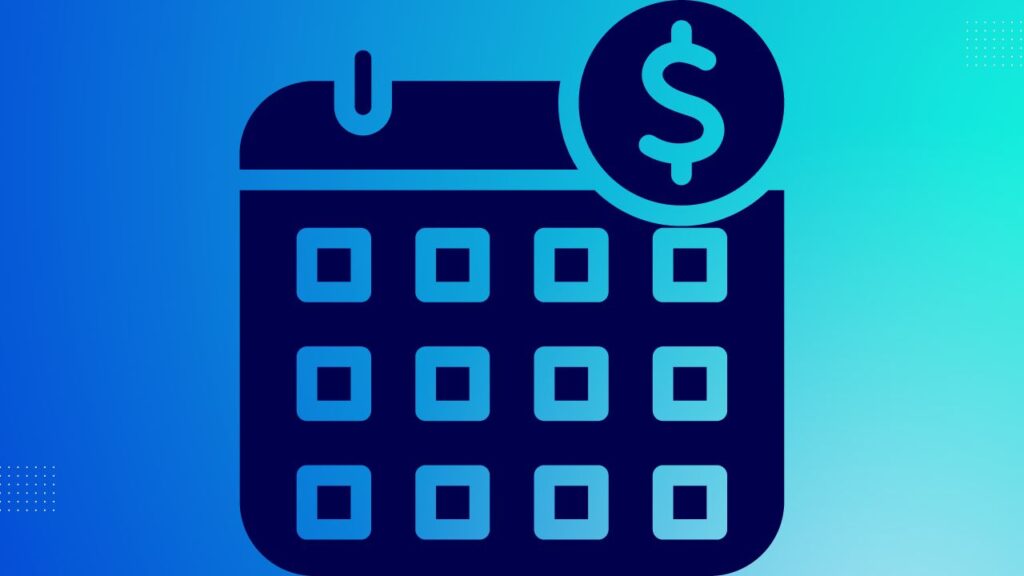
4.1 Budgeting After a Disaster
It’s important to create a new budget that reflects your changed financial situation.
Take into account any new expenses or lost income. You may need to prioritize expenses and cut back on non-essential spending.
Consider using a budgeting app or tool to help you keep track of your spending.
4.2 Dealing with Debt
If you have debt, it’s important to continue making your payments on time, even if you’re dealing with the financial aftermath of a disaster.
If you’re struggling to make payments, consider reaching out to your creditors to see if you can negotiate a payment plan or deferment.
Look into any available disaster relief options that may be available to help you manage your debt.
4.3 Rebuilding Savings and Investments
If you had to dip into your savings to cover disaster-related expenses, it’s important to start rebuilding your emergency fund as soon as possible.
Consider setting up automatic contributions to a savings account or investment account.
Keep in mind that it may take time to fully recover your savings, so be patient and stay committed to your financial goals.
Remember, recovering financially after a disaster is a marathon, not a sprint.
It may take time to fully recover, but by taking the right steps and being proactive, you can minimize the long-term financial impact of a disaster.
Bottom Line…
In conclusion, disasters can have a devastating impact on our finances, but with the right preparation and actions, we can minimize their effects.
Having an emergency fund, appropriate insurance coverage, and a disaster plan in place can help us stay financially afloat during tough times.
In case of a disaster, prioritize safety first, keep track of expenses, and contact insurance providers as soon as possible.
After the disaster, seek government assistance if needed and focus on long-term financial recovery through budgeting, managing debt, and rebuilding savings and investments.
By taking these steps, we can better prepare ourselves for the unexpected and minimize the financial impact of disasters.
Remember, it’s never too early to start planning for the worst and hoping for the best.
